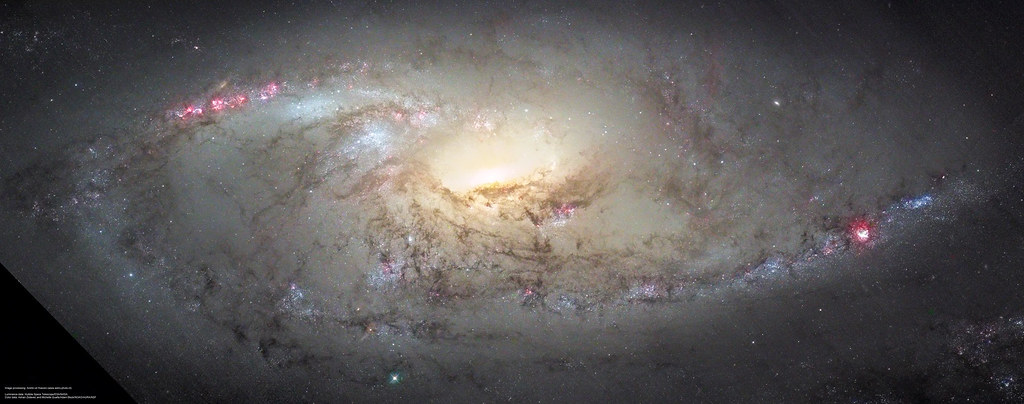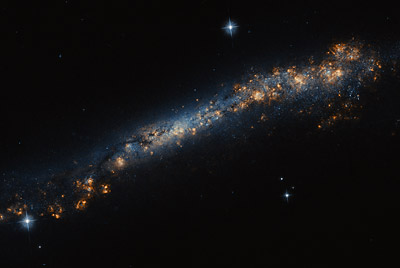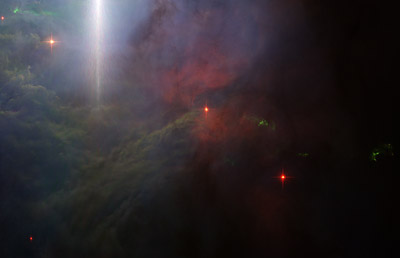So many interesting galaxies, geckzilla!

I agree with your assessment that NGC 5005 is a pretty standard galaxy. Here is some of its vital statistics:
B magnitude: 10.606
B-v: 0.80
U-B: 0.37
Far infrared: 9.671
Surface brightness on a scale from 1 to 6: 1
Size: 6.30 x 3.0 arcminutes
So we are dealing with an inclined galaxy with somewhat red colors - the U-B value of 0.37, coupled with a B-V value of 0.80. suggests that star formation is certainly present but not very strong. The far infrared magnitude is one magnitude brighter than the blue magnitude, suggesting that the galaxy is certainly not lacking in gas and dust, but the galaxy will appear brighter in far infrared due to its inclined position. Its inclined position will also increase the galaxy's surface brightness. Like you said, unremarkable.
The intrinsic color of NGC 5005 is yellow-white, and the bulge near the nucleus is clearly yellow. But I appreciate that it looks gray in your picture, because it proves that you did your best with the exposures that were available to you. Your reddest channel had to be the far infrared channel, 814W. But the yellow bulge of a galaxy is never very bright in far infrared light, and it is probably not brighter in far infrared light than in Ha light. Hence the bulge of NGC 5005 simply could not look yellow.
You thought that the blue "bits" coming out of the galaxy's core were unusual. They may be unusual, but they are not unique. Remember that what we are seeing is red Ha emission coming out of the central part of the galaxy.
M106 has such Ha outflows, although in that case the red outflows appears to emanate a bit farther out from the nucleus. And what about
M82, the champion red light spitting galaxy of the nearby cosmos?
Compare NGC 5005 with 6946! How different they are! Let's check out the vital statistics of NGC 6946:
B magnitude: 9.694
B-V: 0.80
Effective U-B (tends to be redder than total U-B): 0.11
Far infrared: 7.642
Surface brightness: 2 on a scale of 1 to 6
Size: 14 x 14 arcminutes
So NGC 6946 has exactly the same B-V index as NGC 5005. But NGC 6946 is considerably bluer in U-B than NGC 5005, and likely
much bluer, since my software won't tell me the total U-B index of NGC 6946. This most certainly suggests that NGC 6946 has a lot more star formation than NGC 5005.
NGC 6946 is two magnitudes brighter in far infrared than in blue light. NGC 5005 is one magnitude brighter in far infrared than in blue light. But we see NGC 6946 face on. Face-on galaxies tend to appear fainter in far infrared light than galaxies that are considerably inclined. Consider richly starforming galaxy
M101, for example. M101 is only 0.2 magnitudes brighter in far infrared light than in blue light. M100, another face-on starforming spiral, is 0.23 magnitudes brighter in far infrared than in blue light. NGC 6946 is two magnitudes brighter in far infrared than in blue light, which is a lot. Admittedly the fact that we see NGC 6946 through dust in the Milky Way could affect the apparent far infrared magnitude of NGC 6946.
Anyway, this is my point. NGC 6946 is dusty, more so than NGC 5005. NGC 6946 is also richly starforming, more so than NGC 5005. NGC 6946 has a lower surface brightness than NGC 5005, although admittedly galaxies that are seen face on always have a pretty low surface brightness. The surface brightness of NGC 6946 is low partly because the light of that galaxy is spread out over a much larger patch of sky than the light of NGC 5005.
And indeed, your picture of NGC 6946 shows all of this perfectly! Most of the galaxy looks quite faint, due to the low surface brightness of it. The galaxy is full of blue, that is red, emission nebulae. These nebulae have various interesting shapes, many of them contorted, and many of them shell-like. Some of the nebulae seem to be connected with far infrared sources, where the earliest stages of star formation would be going on. Fascinating!

NGC 7217 is a so-called flocculent galaxy, where small star formation regions are chaotically spread in a swirling but chaotic dust structure. Your picture shows it well. I like the soft-looking small blue "clouds" on each side of the nucleus.
NGC 1097, wow! Look at that brilliant blue ring of star formation near the nucleus! And Beyond is right, the general reddish color of the interior part of the galaxy suggests that there is a lot of dust there!
Thank you for processing all these galaxies for us, geckzilla!
Ann






